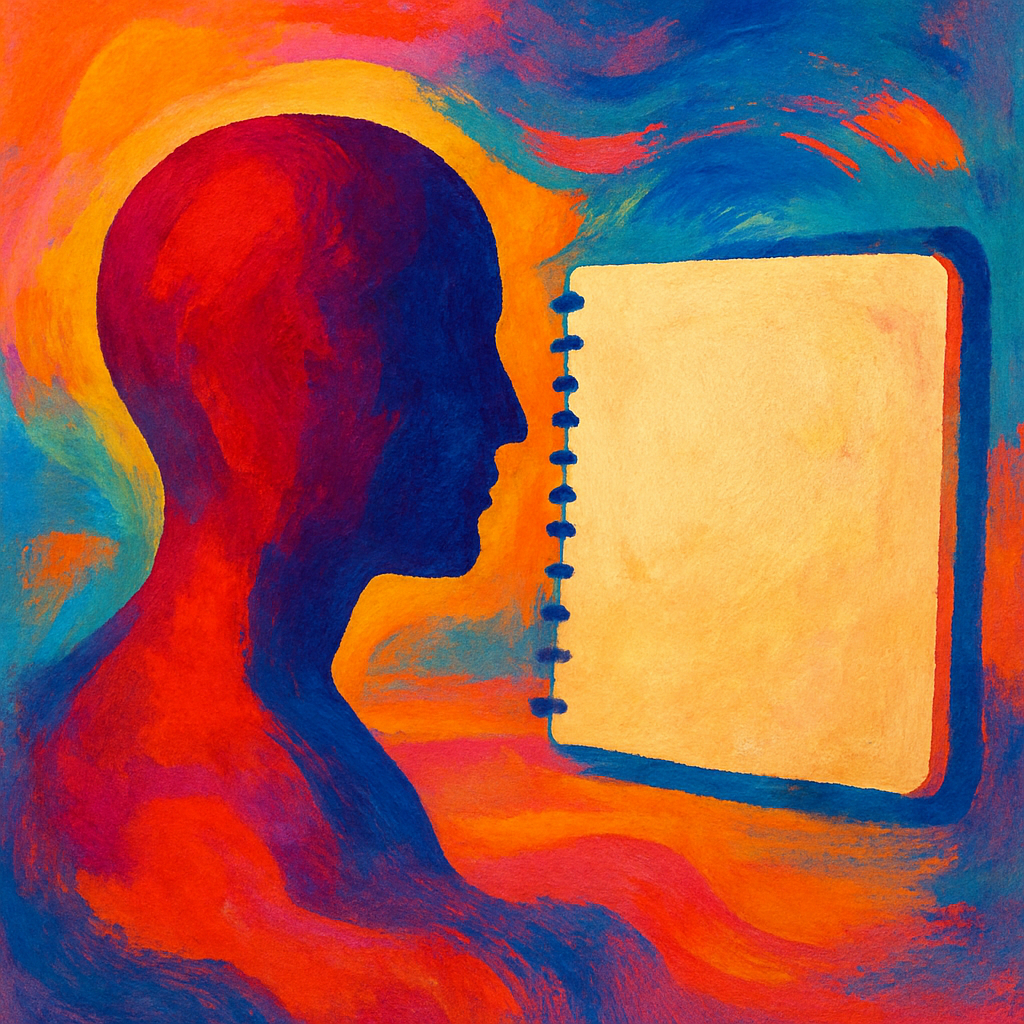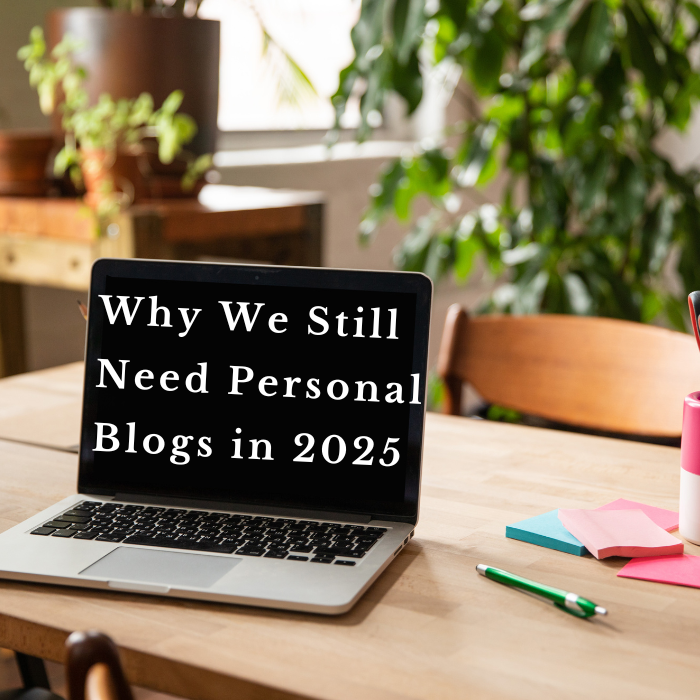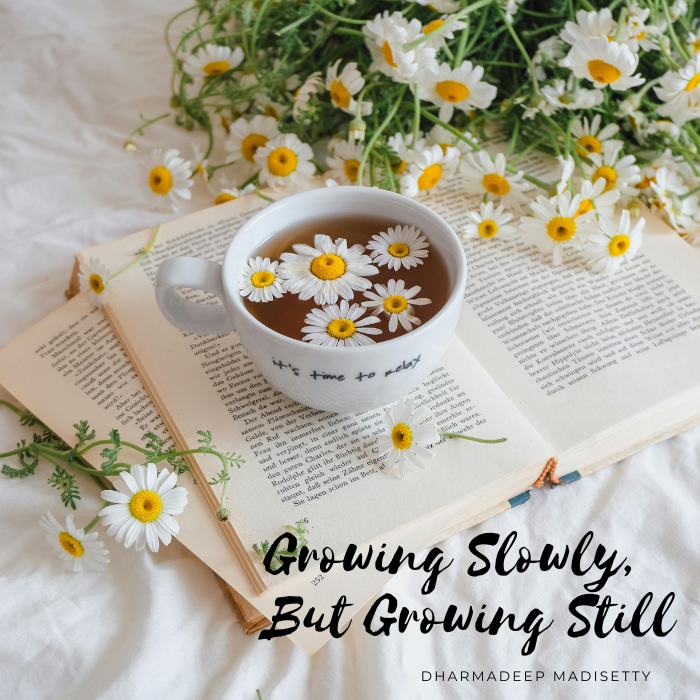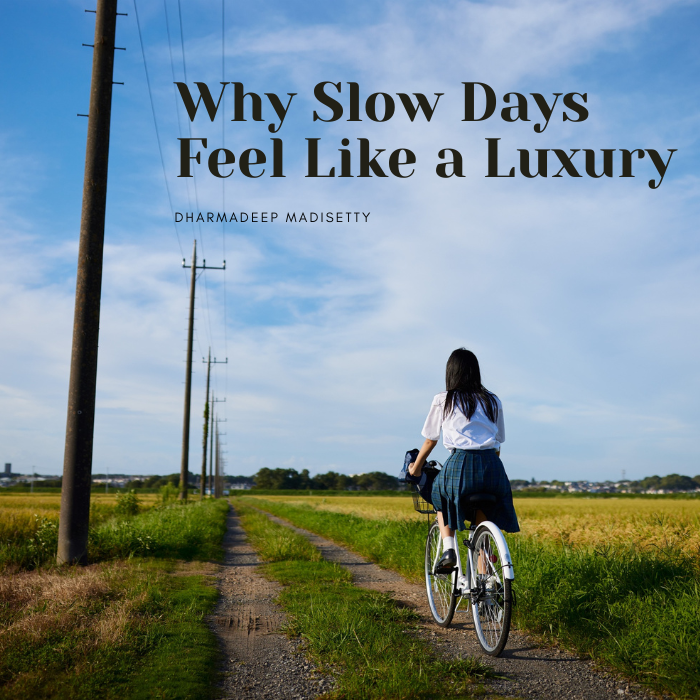Here’s the thing nobody tells you about writing:
you don’t start with words.
You start with a feeling.
That tiny buzz in your chest that says,
“there’s something here.”
That’s the seed — not a perfect plot, not a title, not a theme. Just that spark that refuses to shut up.
The mistake most of us make?
We try to write before we listen.
🧠 Step 1: Don’t brainstorm — eavesdrop.
The best story ideas don’t show up when you sit at your desk.
They show up when you’re doing dishes, half-asleep, or watching someone on the train and wondering what they’re texting.
Writers are professional eavesdroppers — on life, on thought, on memory.
Start there.
Keep one place — a “mental junk drawer.”
It can be a Notes app, a physical notebook, or a sticky-note-covered wall.
Throw everything in: weird thoughts, overheard lines, emotions you can’t name.
Later, when you’re “stuck,” you won’t be starting from zero — you’ll be starting from chaos.
And chaos is gold.
✍️ Step 2: Don’t look for a story. Look for a scene.
Starting a story is like starting a movie — you don’t begin with “this is a movie about love and loss.”
You start with a single moment.
A sound.
A smell.
A person standing in the rain and not moving.
That’s all you need.
If you can describe one moment honestly, the story will crawl out of it.
So skip the outline. Write one scene — no matter where it lands in the story.
You’ll be surprised how much a single moment can explain about the world it came from.
💭 Step 3: Stop “trying” to be a writer.
Writers freeze because they think they’re supposed to sound writerly.
Forget that.
Write like you talk when you’re half-tired and unfiltered.
Pretend your story is a voice note to a friend who won’t judge you.
If the line feels alive — keep it.
If it feels clever — delete it.
Clever dies fast; real lasts longer.
🧩 Step 4: Tools that actually help (and don’t ruin the vibe)
Let’s be honest — tools matter when they make writing feel good.
- 📝 Flowstate – deletes your words if you stop typing. Painful, but effective.
- ✨ Notion – for collecting scattered thoughts before they disappear.
- 🌳 Heptabase or Obsidian Canvas – for visual thinkers who like drawing their story like a map.
- ☕ OmmWriter – background music, typewriter sounds, a whole mood.
You don’t need all of them.
Just pick one tool that makes the process inviting.
Because writing should feel like you’re building a world, not filling out a form.
🚪 Step 5: Don’t write a beginning. Write an entry.
Forget “Once upon a time.”
Start where you feel heat.
It could be a fight halfway through the story.
It could be the end.
It could be something so random it doesn’t make sense yet.
Beginnings are something you find later.
For now, write anywhere that feels alive.
You can always stitch it together later — that’s what editing is for.
🪞 Step 6: Read it out loud (like you’re performing it)
Writers don’t edit with eyes; they edit with ears.
When you read aloud, you hear rhythm. Breath. Honesty.
If your story feels like a heartbeat — not a report — you’re close.
🕯 Step 7: End the day with curiosity, not closure.
The trick to staying consistent isn’t discipline — it’s leaving something unfinished.
Stop mid-thought. Leave a sentence dangling.
That way, your brain wants to come back tomorrow just to complete it.
Momentum > motivation. Every single time.
✨ Final Thought
You don’t “find” your story — you build it, one scene, one mistake, one weird little thought at a time.
So stop waiting for inspiration.
Open the doc. Write something bad.
Make a mess you can clean later.
Because the secret isn’t knowing how to start.
The secret is starting anyway.






